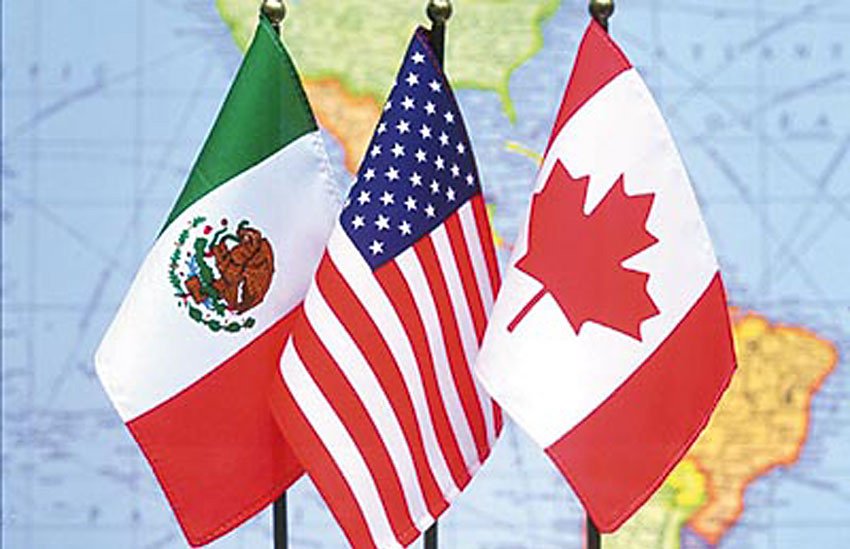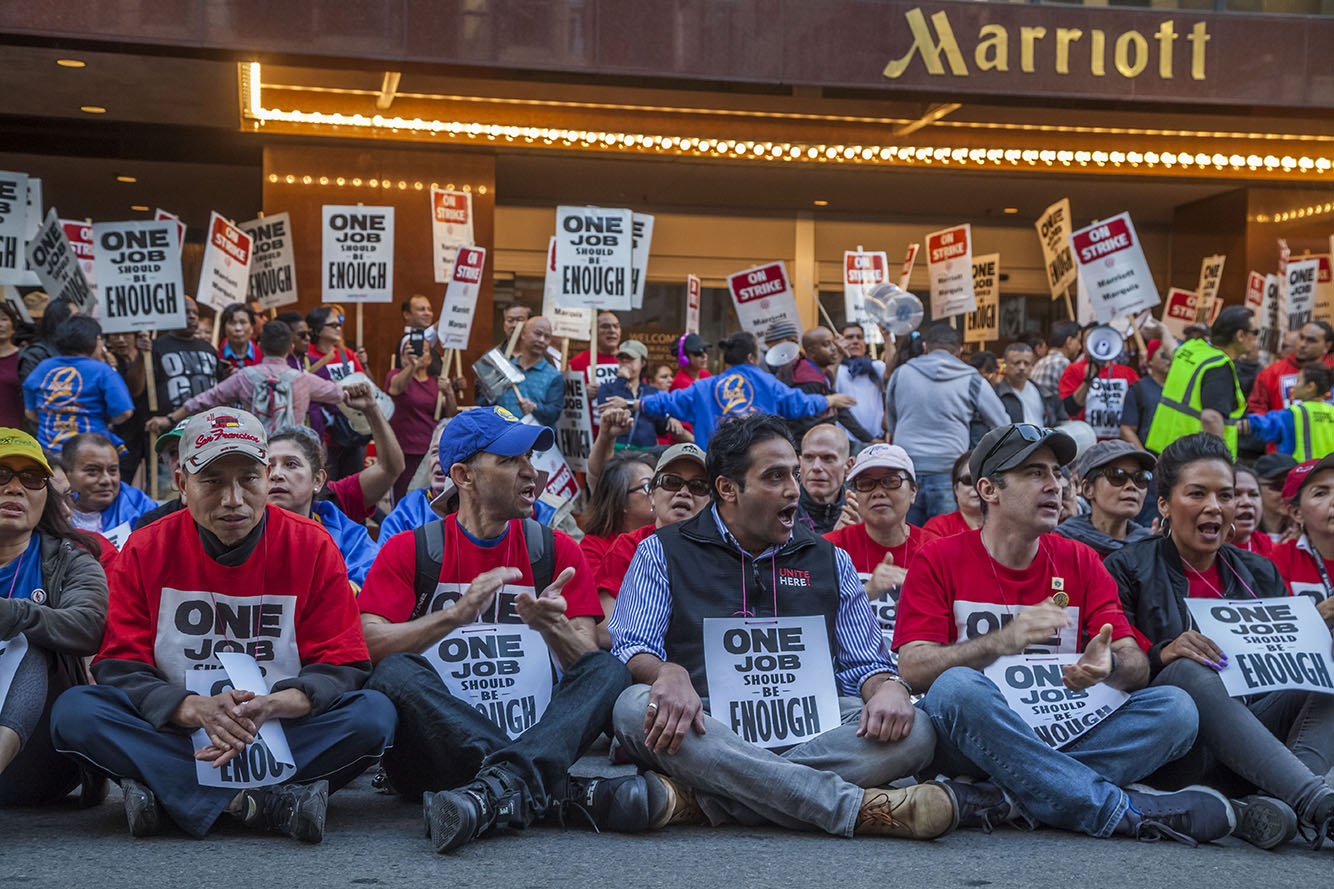by Ben Fuchs
One of the healthiest lifestyle strategies is easy and won’t cost you anything. In fact you’ll probably end up making money in the long run. I’m talking about intermittent fasting (IF), a healthy idea that’s been practiced for thousands of years. Intermittent fasting turns on genes that stimulate growth and repair and anti-aging, especially in combination with exercise. If done correctly it can help keep the body in fat burning mode. And it’s got important effects on stimulating motivation and drive and brain power. After all when someone is young and ambitious we often say that they are… “hungry”
In a famous experiment in the 1940’s scientists from the University of Chicago showed that they could increase the lifespans of animals by up to 20 percent simply by denying them food every 3rd day. And in a review by that was published in 2007 in the American Journal of Clinical Nutrition, researchers from U C Berkeley found that alternate day fasting could save lives by decreasing risks for heart disease and cancer, and diabetes, the three leading causes of death in the United States, Moreover they found that they’re important for the nervous system and the brain, improving cognitive function and providing protection from Alzheimer’s Disease and Parkinson’s Disease.
There’s also an important insulin connection to the benefits of fasting. Insulin is a type of Master hormone, in the sense that it up-regulates many different cell activities; and it affects every single cell. The prime stimulus for insulin secretion is food. When we eat any carbs our protein cells get drenched in insulin. In addition to feeding cells, insulin tells cells to divide and grow. Insulin turns on cellular activates. Biochemists call that up-regulation, which, while important, is helpful only in the right context. For instance, if we’re lifting weight and we’re building muscle, exercising etc. If we live the typical American sedentary lifestyle, this up regulation is not necessarily a good thing. Elevated blood fats, hypertension, skin problems like acne and psoriasis, cysts and growths and endometriosis are all possibilities if cells are stuck in overdrive from too much exposure to insulin.
Even worse if we’re constantly eating and insulin is constantly being secreted eventually cells become immune to insulin’s effects on cell nourishment and feeding.
Unfortunately, you’ll still have enough insulin around to stimulate cell growth and division, and up-regulation activates, except now cells will be upregulated in state of starvation that’s VERY, VERY BAD!! This unfortunate insulin issue is behind every single chronic degenerative disease you can name. Doctors call the various breakdowns in the body that are associated with dysfunctional, messed up insulin, Metabolic Syndrome. Which means basically everything or anything can go wrong. High blood pressure, elevated blood fats and cholesterol, heart disease, cognitive breakdown etc. eye diseases, and osteoporosis are all examples of Metabolic Syndrome symptoms that can be traced back to elevated insulin secretion.
Of course using nutrients to potentize insulin is always a good idea. Vitamins like niacin, thiamine, Vitamin A and minerals, like chromium, vanadium and zinc can be helpful. You want make sure you’re getting some regular exercise too. But there is no quicker way to get insulin back in line and to improve longevity, increase muscle growth and generally slow down the aging process, than to reduce caloric intake and make it habit to fast once or twice a month. (Natural News)>










